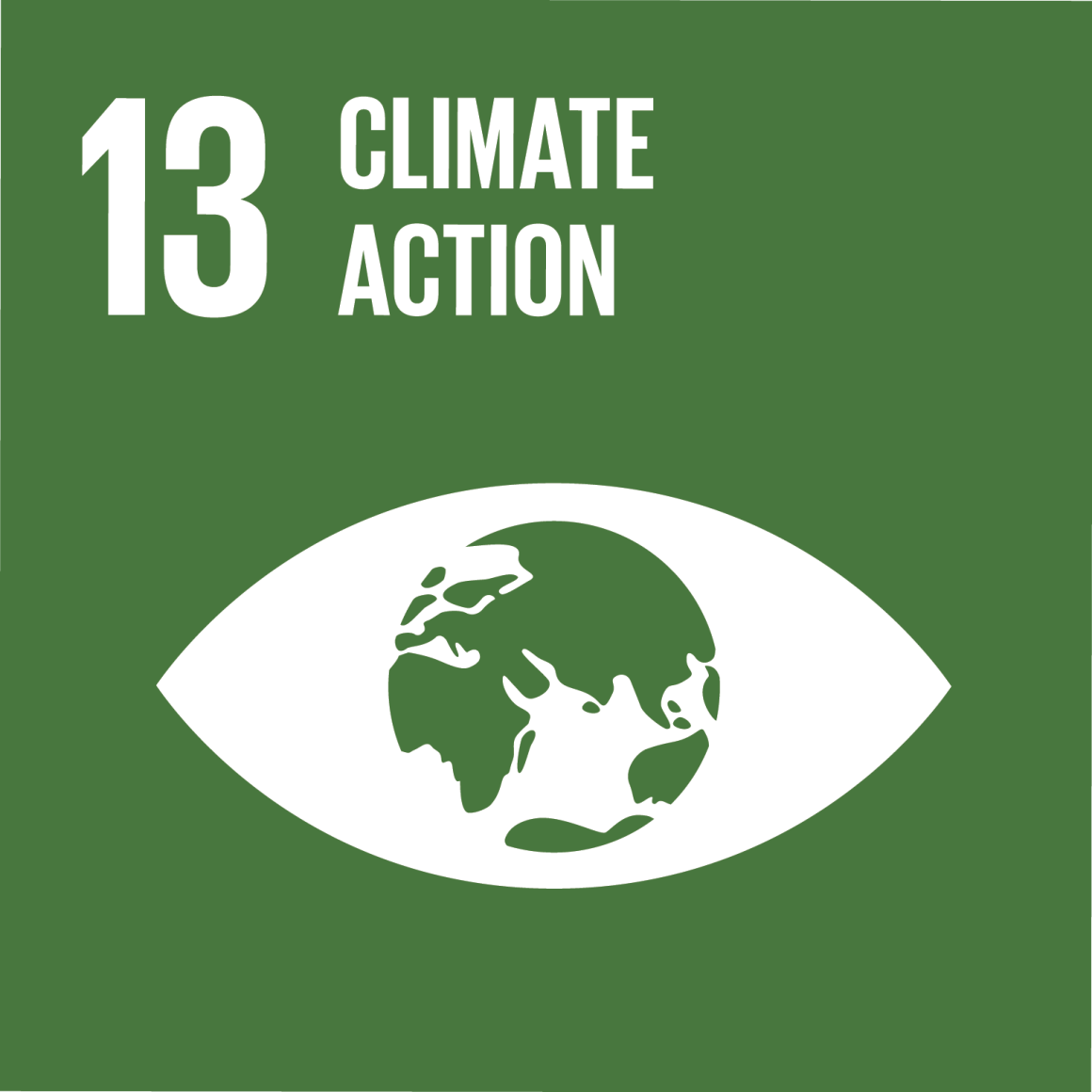Phenological studies
Programme details
Phenological studies as a common BSP programme started in 1994.
The aim of the studies is to observe when spring appears in the different countries around the Baltic Sea.The observations were started by a little group of pupils from Finland, Sweden and Estonia in 1992. Now it has grown up to a common programme of the Baltic Sea Project. Phenological studies is a funny and practical outdoor activity recommended for primary schools. This programme does not require special equipments or preparation, and motivates students to observe nature during the spring season. The pupils can observe nature alone or with class. The participants have to observe the date they first see: the black bird, the coltsfoot, the skylark, the white wagtail, the blue anemone, the white anemone, the brimstone butterfly, the cuckoo, and white stork and others.
Instruction
Firstly, download Observation table and learn more about spring indicators at classes. Fill the dates, after you have observed the spring changes in the nature. You can fill in all squares or choose only some of them. Observe only those objects that you know definitely. If some of the objects are not natural in your observation place, please mark it accordingly in the table. For making the evaluation of the results easier we request you to write down the date of your observation, for example: Blue Anemone on 6th of February (1.) that means 37 day of 2014 (2.).
If you have any proposals for improving programme of phenological studies, please do not hesitate sending your suggestions.
When you have finished your observations, please return the table before the 20 th of June. Send your results to program coordinator by-email: julija.fediajevaite@lmnsc.lt
Connection to UN-G lobal Sustainable Development Goal no 13: Take urgent action to combat climate change and its impacts
https://sustainabledevelopment.un.org/sdg13

Results of spring observation 2013
This year 16 schools from Lithuania (5), Latvia (8), and Estonia (3) have participated in Phenological studies programme. The total number of participants was more than 325. Classes, groups of students or nature clubs and individual researches observed 20 species indicating spring periods. There are results of „Spring observation 2013“ in the table. Please, compare data in different countries and draw conclusions with schoolchildren.
| The sign of sprin: | Country: | ||
| Lithuania | Latvia | Estonia | |
| When did You hear the voices of skylark ( Alauda arvensis)? | 65 | 74 | 105 |
| When did You see the first starling ( Sturnus vulgaris)? | 63 | 74 | 99 |
| When did You see the first hazelnut ( Corylus avellana) being in bloom? | 82 | 92 | 112 |
| When did You see the first blooms of snowdrop ( Galanthus nivalis)? | 74 | 50 | 64 |
| When did You see the first blooms of coltsfoot ( Tussilago farfara)? | 71 | 104 | 106 |
| When did You see the first blooms of blue anemone ( Hepatica nobilis)? | 73 | 101 | 106 |
| When did You see the first brimstone ( Gonepteryx rhamni)? | 103 | 100 | 107 |
| When did You see the first black ant? | 87 | 88 | 105 |
| When did white stork ( Ciconia ciconia) arrive? | 62 | 80 | 98 |
| When did You see the first wagtail ( Motacilla alba)? | 104 | 99 | 101 |
| When did You see the first sallow ( Salix caprea) being in bloom? | 68 | 91 | 109 |
| When did You see the first blooms of wood anemone ( Anemone nemerosa)? | 108 | 105 | 114 |
| When did You see the first bumble-bee flying? | 106 | 104 | 106 |
| When did You hear the voices of blackbird ( Turdus merula)? | 79 | 88 | 75 |
| When did you hear the “frog concert” in the vociferously breeding pond? | 107 | 107 | 115 |
| When did You see the first house martin ( Delichon urbica)? | 101 | 108 | 123 |
| When did You see the first cabbage white ( Pieris brassicae)? | 105 | 105 | 124 |
| When did You see the first bird-cherry ( Padus avium) being in bloom? | 116 | 116 | 135 |
| When did You see the first dog-rose ( Rosa canina) being in bloom? | 126 | 124 | 154 |
Voices of Birds
If you do not know how to recognize the song of bird, you can use this useful guideline in the website. Click on the picture and you will hear a song. Try to memorize the song and the name of bird. It will help to recognize each species outdoor during the spring observation. Good luck.
 |
Skylark (Alauda
arvensis) (MP3, 1.03MB) |
 |
Starling
(Sturnus vulgaris) (MP3, 1.96MB) |
 |
Stork (Ciconia
ciconia) (MP3, 825KB) |
 |
Wagtail
(Motacilla alba) (MP3, 956KB) |
 |
Blackbird
(Turdus merula) (MP3, 1.96MB) |
 |
Cuckoo (Cuculus
canorus) (MP3, 1.29MB) |
 |
House martin
(Delichon urbica) (MP3, 1.00MB) |




